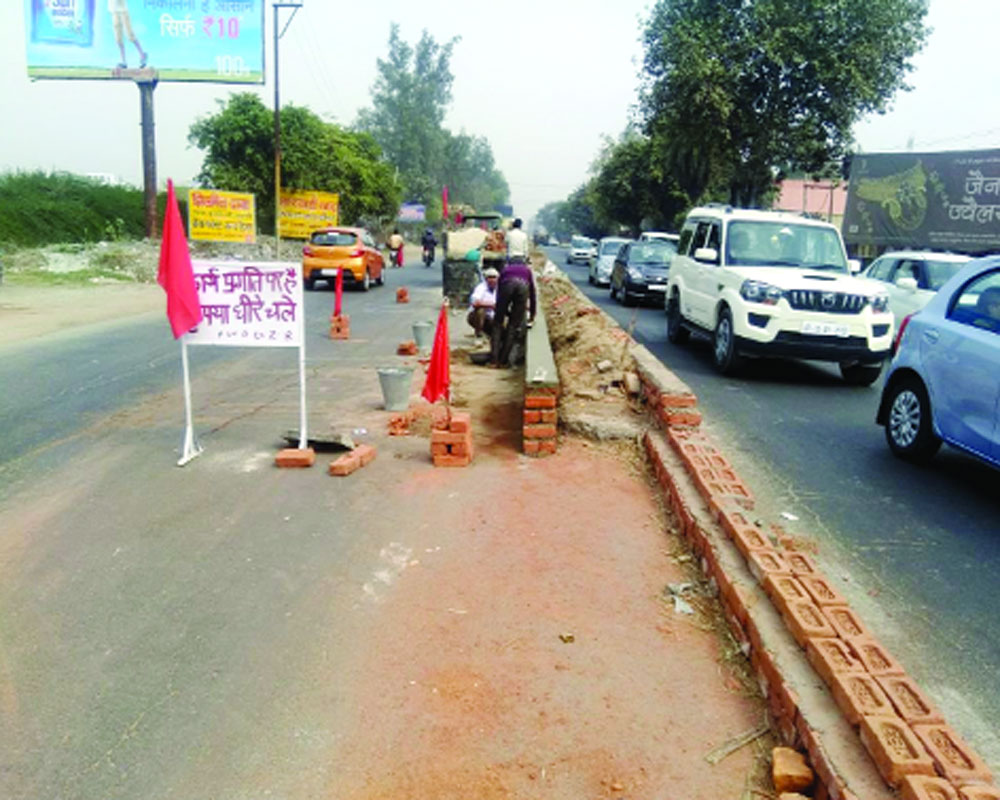Indian drivers and riders get the blame for most of the accidents and deaths on Indian roads. But our road designers and builders deserve their share of the blame too
Last week there was a horrendous accident in Delhi where an allegedly drunk driver hit the kerb, crossed the median and smashed into another car, killing one and grievously injuring another. Now, while the blame for this accident, prima facie should lie with the driver who smashed through the kerb, especially if the allegations of being drunk are true, there is another factor in play over here. That is the poor design of the road median in India. The fact that Indian city planners feel that a one-foot kerb is enough to stop a speeding motorcycle let alone a car is one that is wrong. Far from stopping the vehicles, the kerb design makes most accidents worse by often launching the vehicle into oncoming traffic at a height.
Whenever one travels to the developed world, you see the pavements on the side of the road are at short heights. And on the median, even if it has trees or other beautification, there is the standard metal barrier protecting vehicles from going over into the other lane, in most cases by absorbing the energy of the impact. In India, roads are poorly designed, often by the whims of local politicians. While the construction of Indian highways has improved markedly in the past few years, a recent study said that a large chunk of the Delhi-Jaipur highway, one of India’s best, was unsafe. But newly-constructed roads despite their flaws are better than older ones. The Eastern Peripheral Expressway around Delhi had gaps in barriers and slow-moving traffic but after access control things have improved.
Construction does not mean that during construction things improve, often they get worse The state of the Delhi-Panipat highway currently under construction is downright dangerous. And even in cities like Delhi, poor planning and the desperate need for jugaad solutions have made road construction sites dangerous. The stretch under RTR Flyover on Outer Ring Road, itself the best example of poor planning, is often closed at night with traffic diverted onto the oncoming lane with no lights, warning or traffic dividers. Not even plastic ones. And this is a stretch where heavy commercial vehicles regularly operate at night. Accidents and deaths are inevitable.
It is mighty easy to blame the driver in cases like that. And shoddy police work condemns the drivers to be “inebriated” even if they’re not. The lack of proper metal barriers and dividers and the absence even of low-cost solutions like wire-barriers have made things quite difficult for the Indian driver making them take the blame in instances that they should not. It is high time that authorities realised that roads share an alarmingly high proportion of the blame.


























